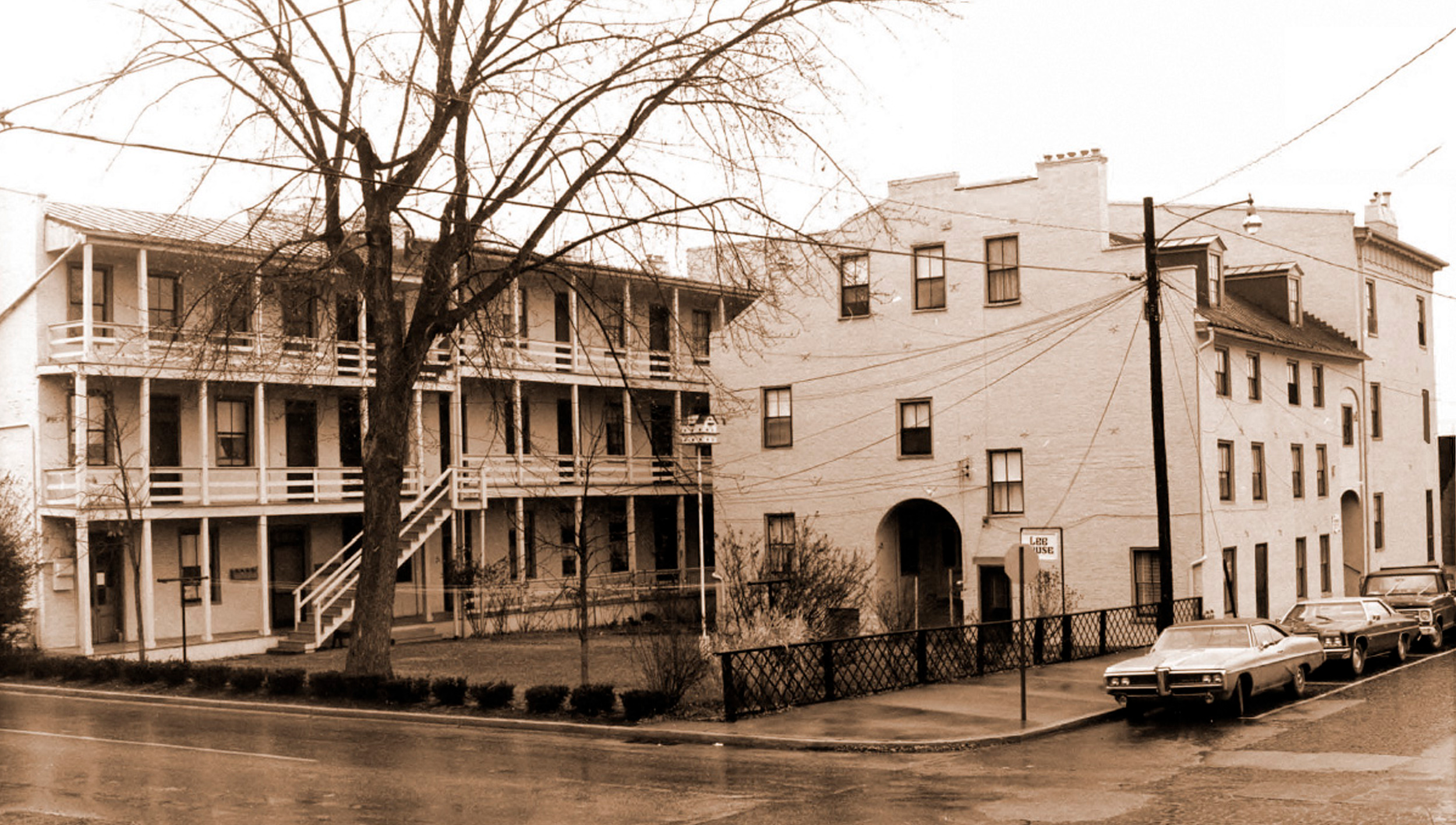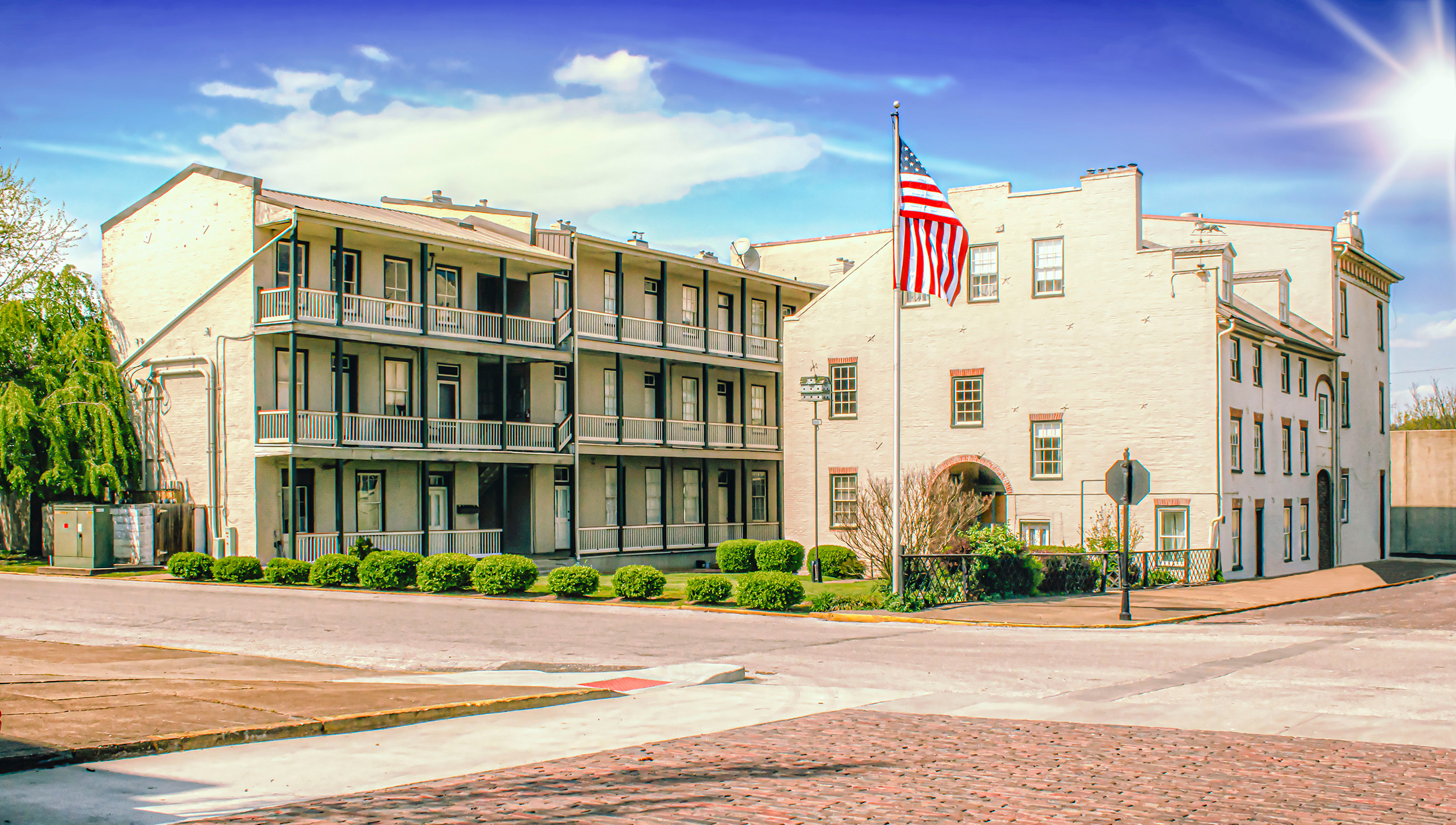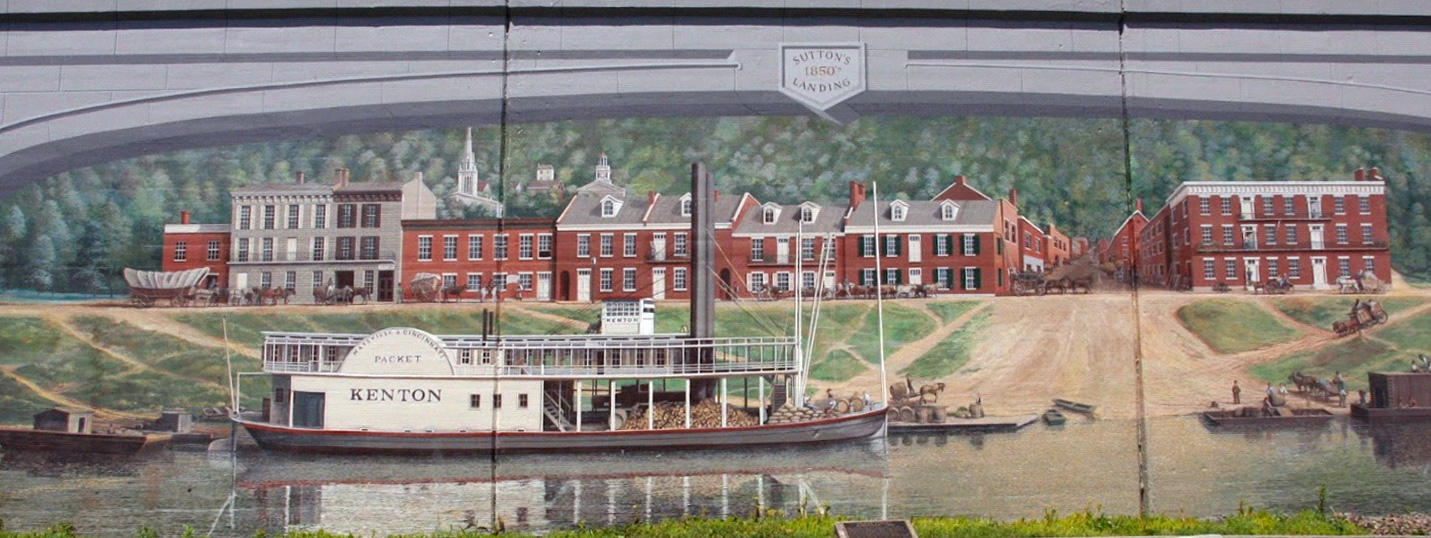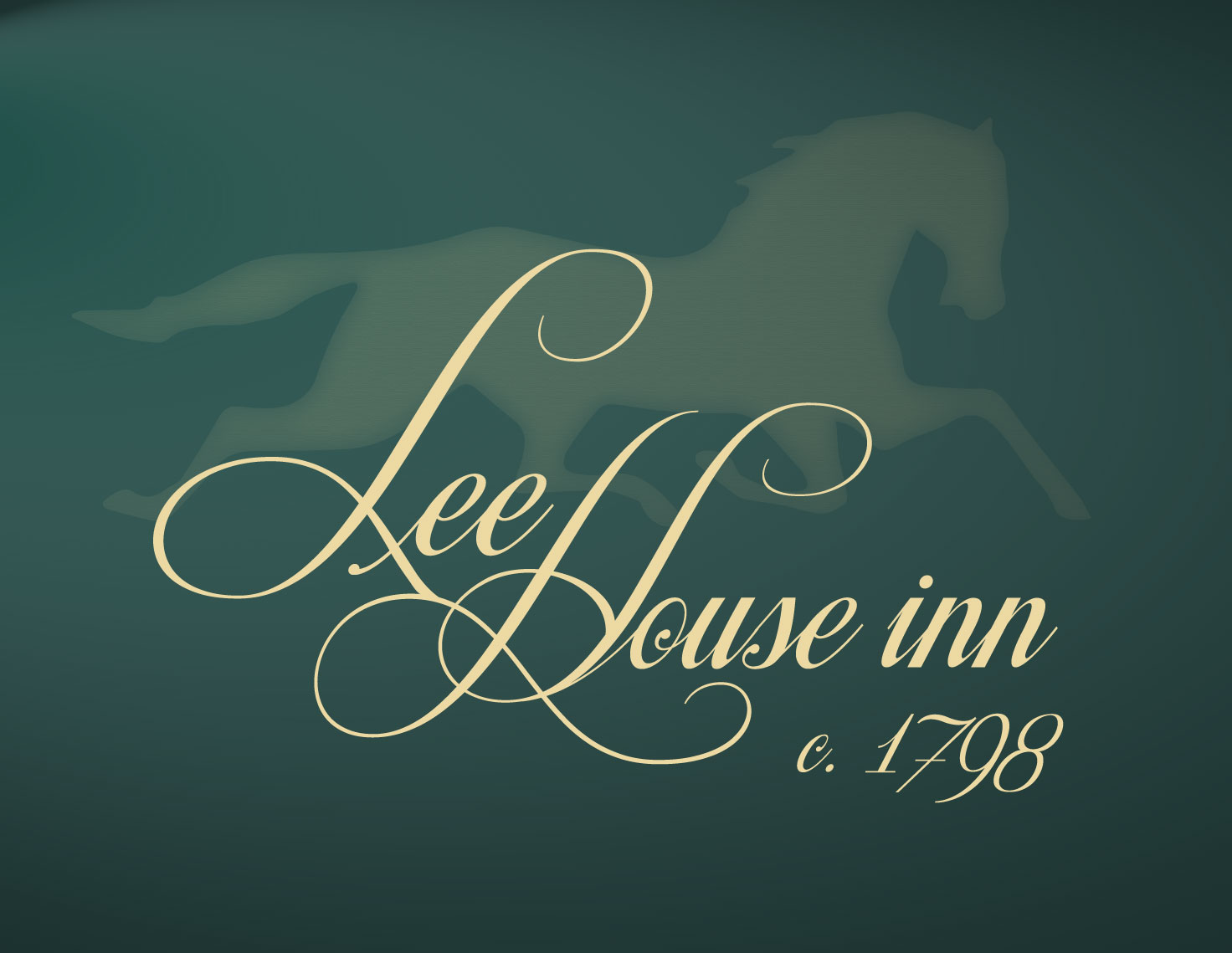lee house inn
The History
Maysville, KY
Recently Renovated
Close to Many Attractions
history
Lee House in the Early Days
The Lee House is located on the edge of the Ohio River (what was formerly Sutton Landing) in the City of Maysville Kentucky. Today the street location is known as Front Street (formerly Water Street) and Sutton Street.
The Lee House comprises three contiguous buildings constructed in different periods. The first of three buildings was constructed in 1798 followed by the Front Street building in the 1840s and the final building comprising the west
wing addition in 1850s. The Lee House, considered one of the finest inns of the day provided accommodations to early settlers, including notable guests such as Senator Henry Clay, Governor John Chambers, Revolutionary War
Major General Marquis de Lafayette and President Andrew Jackson.
Sutton’s Landing was the gateway into the Maysville for steamboats bringing in goods and visitors and picking up hemp, tobacco and bourbon as the bustling foot of Sutton Street. Guest stopped overnight at the Lee House,
mixing and talking with citizens and Irish and Greek newcomers.
The actual Lee House guest registry can be found in the Kentucky Gateway Museum Center in Downtown Maysville, just two blocks from the Lee House.


18th-19th century
Early Settlement of Maysville
and Old Washington
When exploring the Lee House history it’s important to consider the history of the towns of Maysville and Old Washington as all were established around the same time. Maysville was established as Limestone in 1787 at the site of a tavern operated (1786-1789) by frontiersman Daniel Boone and his wife, Rebecca. Washington was incorporated in 1786 by the Virginia Legislature and named for Revolutionary War hero George Washington, who became the first president in 1789. Washington was the first county seat of Mason County. By the 1830s, Maysville had a population of 3,000 and was the second-most important commercial city in Kentucky after Louisville. Washington, the county seat, had dwindled in importance after a fire in 1825 and a series of deadly cholera epidemics. A proposal to move the county government from Washington to Maysville was bitterly fought but passed by a slender margin in 1848. Maysville donated its city hall, completed in 1846, to the county for a courthouse. Today, much of Washington is designated as a historic district, the Washington Historic District; it is listed on the National Register of Historic Places.
Buffalo once forded the Ohio here, beating a broad path into the interior of Kentucky in search of salt licks. For thousands of years, various cultures of indigenous peoples inhabited the area, hunting the buffalo and other game.
In the 17th century, the powerful Iroquois Confederacy, based in presentday New York state, drove out other tribes to hold the Ohio Valley as a hunting ground.
European-American settlers traveling down the Ohio in the 18th century and early 19th century found a natural harbor at Limestone Creek. The buffalo trace, also a well-used trail traveled for centuries by Native Americans, was a natural path into the bluegrass region, extending all the way to Lexington, Kentucky. Frontiersman Simon Kenton made the first settlement in the area in 1775, but temporarily abandoned that to fight in the western battles of the American Revolution. Returning in 1784, Kenton built a blockhouse at the site of Maysville and founded Kenton’s Station (frontier fort) at a site three miles inland. Kenton met new settlers at Limestone, as the landing place was called, and escorted them inland to his station. In 1786 the village which grew up near Kenton’s Station was established by act of the Virginia General Assembly as the town of Washington. By this time, John May had acquired the land at Limestone and Daniel Boone established a trading post and tavern there. In 1787 the little settlement was incorporated as Maysville, though the name Limestone persisted well into the 19th century.

Front Street Maysville, 1850
Muralist Robert Dafford’s depiction of Maysville’s riverbanks lined with various modes of wheeled transportation that included a side wheeled steamboat, stagecoaches, ox carts at the gateway into the Maysville is on display on the towns flood wall. The Lee House is the 3-story brick structure on the right side of the landing.
visit charming maysville, kentucky
We Have Vacancy!
